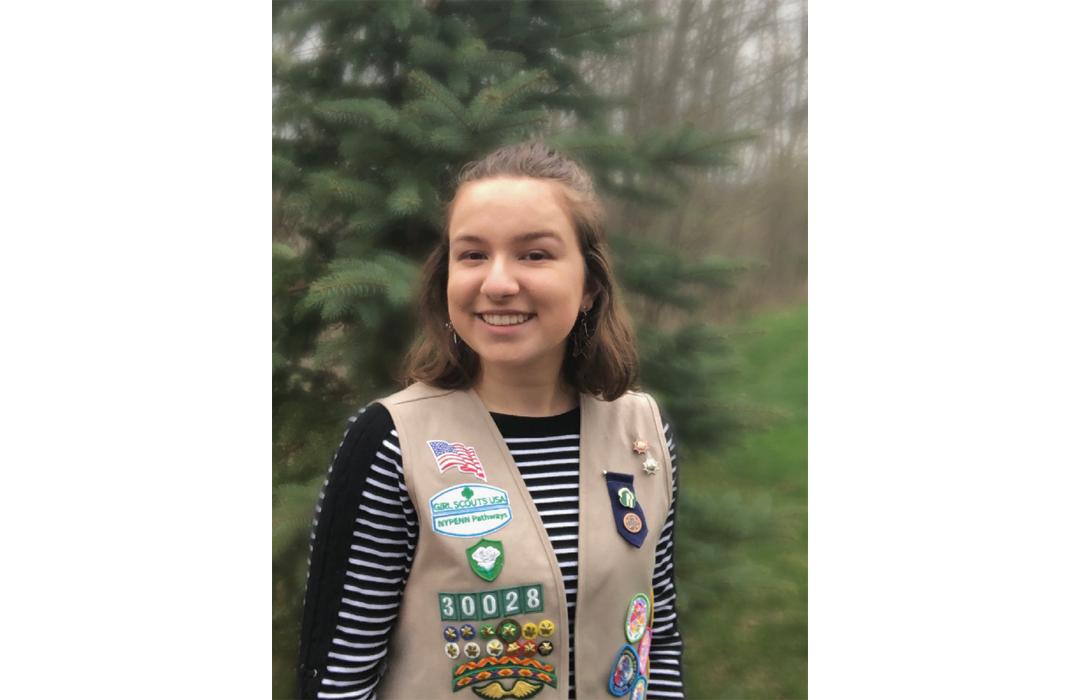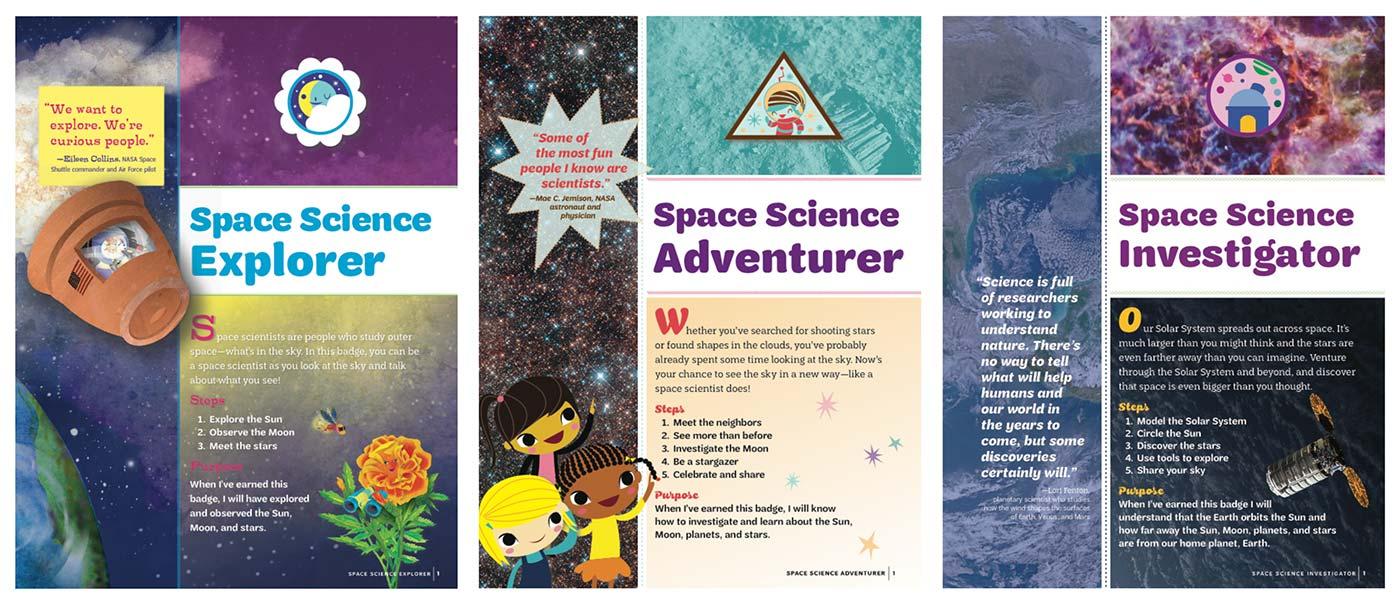The SETI Institute's partners for "Reaching for the Stars: NASA Science for Girl Scouts":
Resources for Girl Scouts and Volunteers are available at https://www.seti.org/girlscoutstars
“Reaching for the Stars: NASA Science for Girl Scouts” is a 5-year space science education program bringing Girl Scouts together with scientists, engineers, and educators at NASA and beyond. Through early, sustained exposure to the people and assets of NASA and the excitement of NASA’s mission, girls and leaders will explore STEM—Science, Technology, Engineering and Mathematics— content, discoveries, and careers.
Led by the SETI Institute, “Reaching for the Stars” partners with the Girl Scout’s national STEM movement for girls in activities that span local troop programs, Girl Scout camps, and events, including the 2017 solar eclipse, to engage girls in space science.
The SETI Institute, Girl Scouts of Northern California, Girl Scouts of the United States, and partners worked on the design and pilot of Girl Scouts’ national web-based toolkit, which provides a platform to develop a fun and up-to-date badge program for girls in grades K-12, supported by volunteers. These projects provide opportunities to foster curiosity and inspire girls and the volunteers who work with them to explore science. The space science badges for all six levels of Girl Scouts were developed and released.
Additional partners include NASA STEM professionals, the Astronomical Society of the Pacific, University of Arizona, and ARIES Scientific. NASA scientists, engineers, and technologists are key contributors and role models for the project. Together with the partners, Reaching for the Stars offered GS Volunteer and Staff Training, Space Science Badge Symposia, Girl Scout Astronomy Club training at NASA Goddard Space Flight Center, and Destination Camps along the path of the 2017 total eclipse and at U of AZ and Pine Mountain Observatory.
There are 1.7 million Girl Scouts and 750,000 volunteer leaders in the USA. Initial development is being carried out in partnership with Girl Scouts of Northern California (50,000 girl members and 31,000 volunteers). GSUSA also manages program evaluation and leads dissemination of “Reaching for the Stars” to the more than 100 Girl Scout Councils over five years.
“Reaching for the Stars: NASA Science for Girl Scouts” is based upon work supported by Aerojet Rocketdyne Foundation and NASA Science under Cooperative Agreement No. NNX16AB90A.
The SETI Institute's partners for "Reaching for the Stars: NASA Science for Girl Scouts":
- NASA
- Girl Scouts of the United States of America, New York www.gsusa.org
- Girl Scouts of Northern California www.gsnorcal.org/space
- Astronomical Society of the Pacific https://www.astrosociety.org/education/reaching-for-the-stars-nasa-science-for-girl-scouts/
- University of Arizona https://lavinia.as.arizona.edu/~dmccarthy/GSUSA/index.html
- ARIES Scientific
NASA Sci Act Cross-collaborators:
Resources from NASA Science Activation Teams and Infrastructures are incorporated into the Girl Scout space science badges and training programs and have featured space science activities aligned with badge steps and support volunteer development.
- ASP Night Sky Network
- ASU – Infiniscope
- Challenger Learning Center
- NASA Space Place
- NASA@MyLibrary
- NASA Museum Alliance
- NASA Solar System Ambassadors
- NASA Solar System Treks
- NASA Astromaterials
- NASA Space Science Education Consortium
- NISE Net
- Universe of Learning











